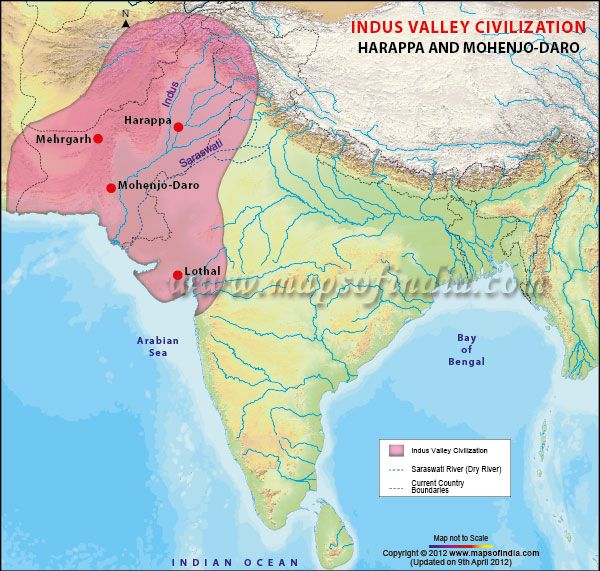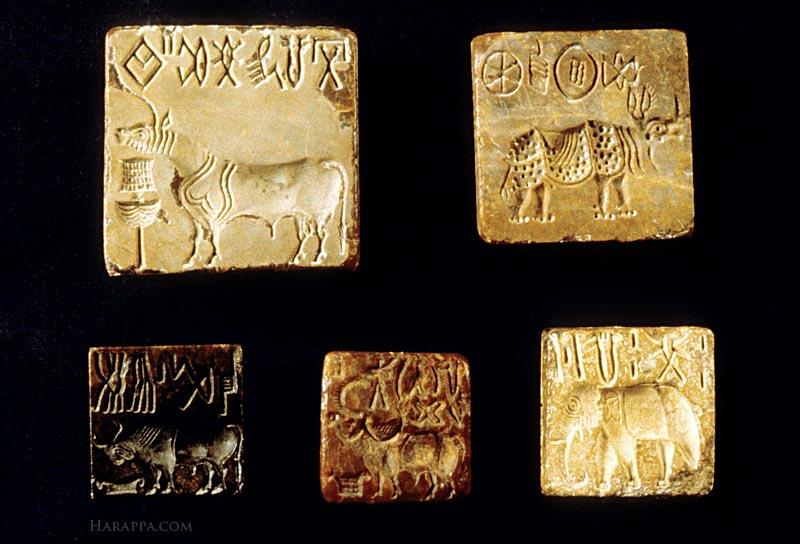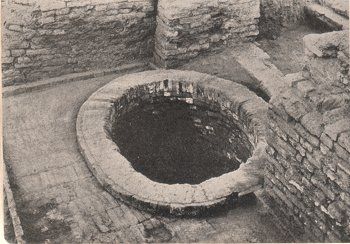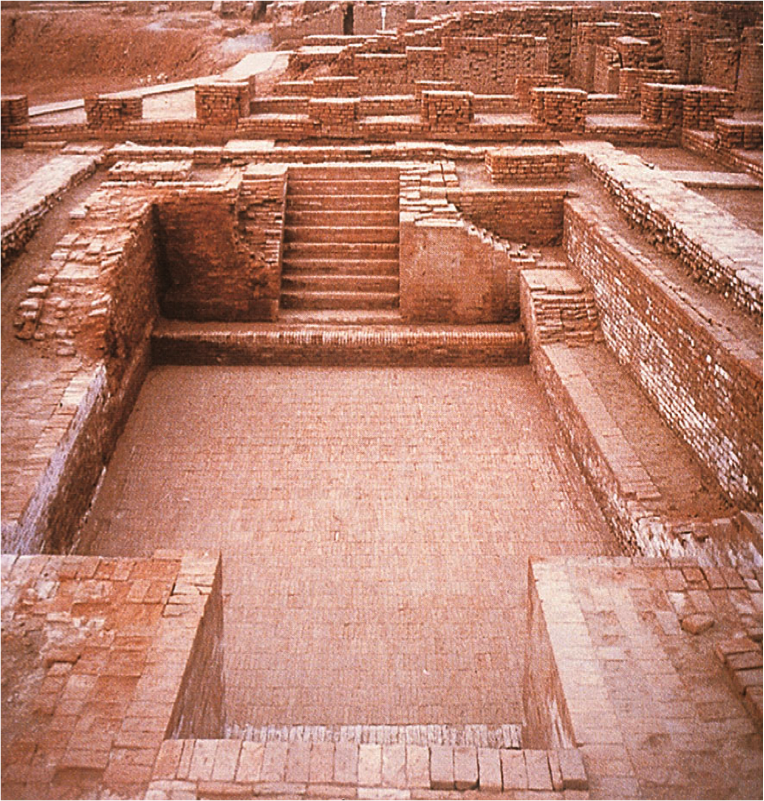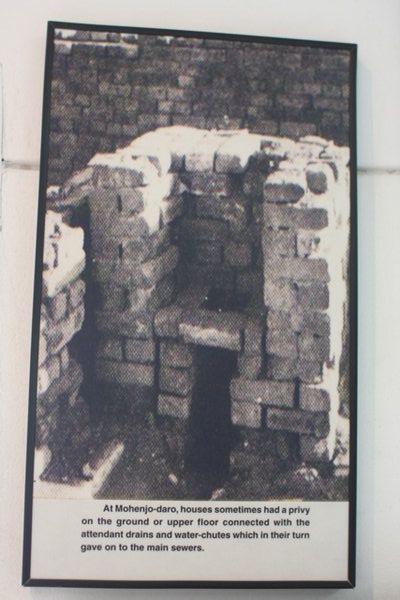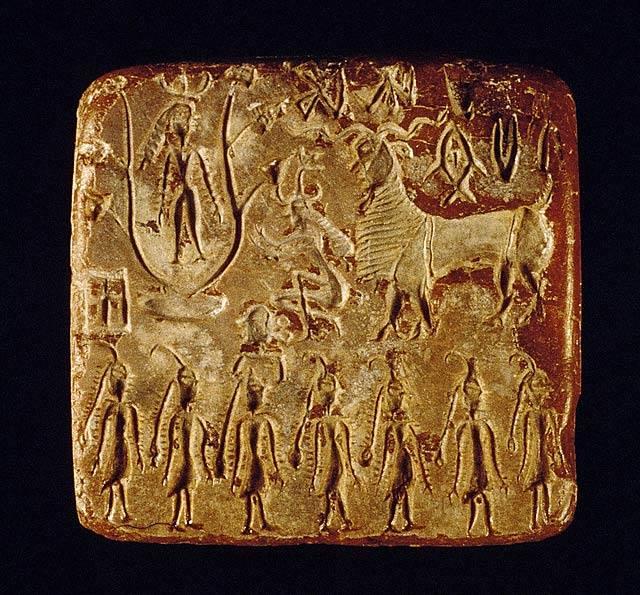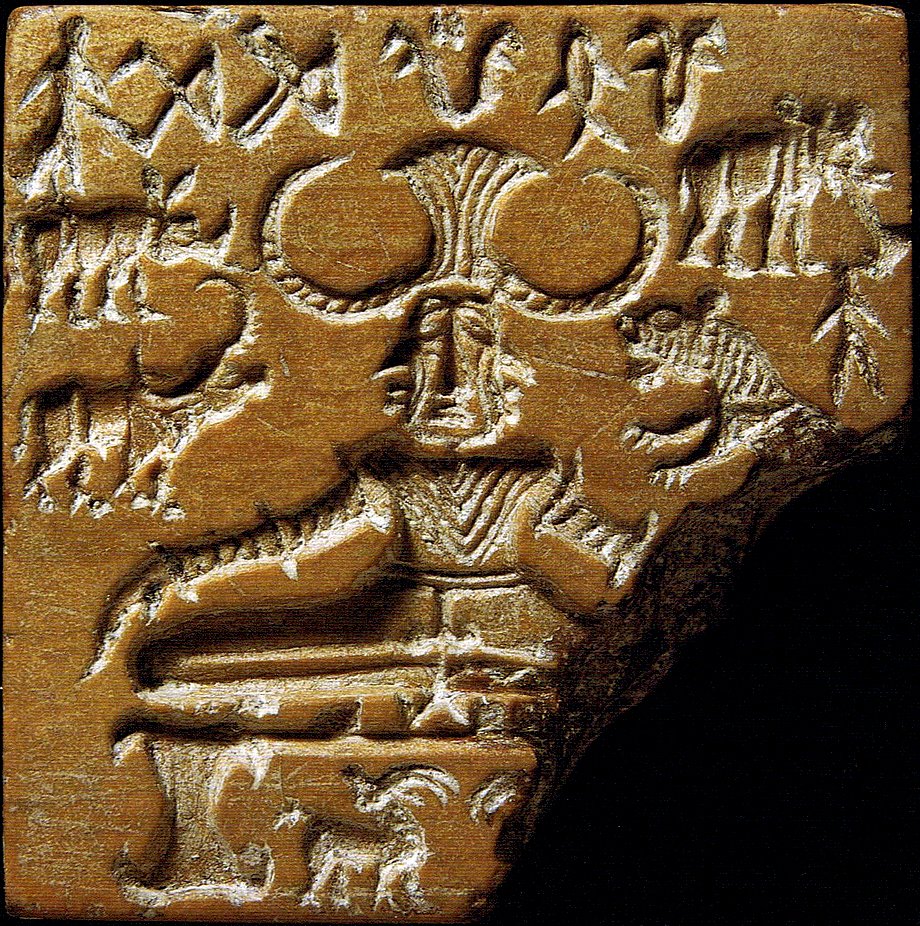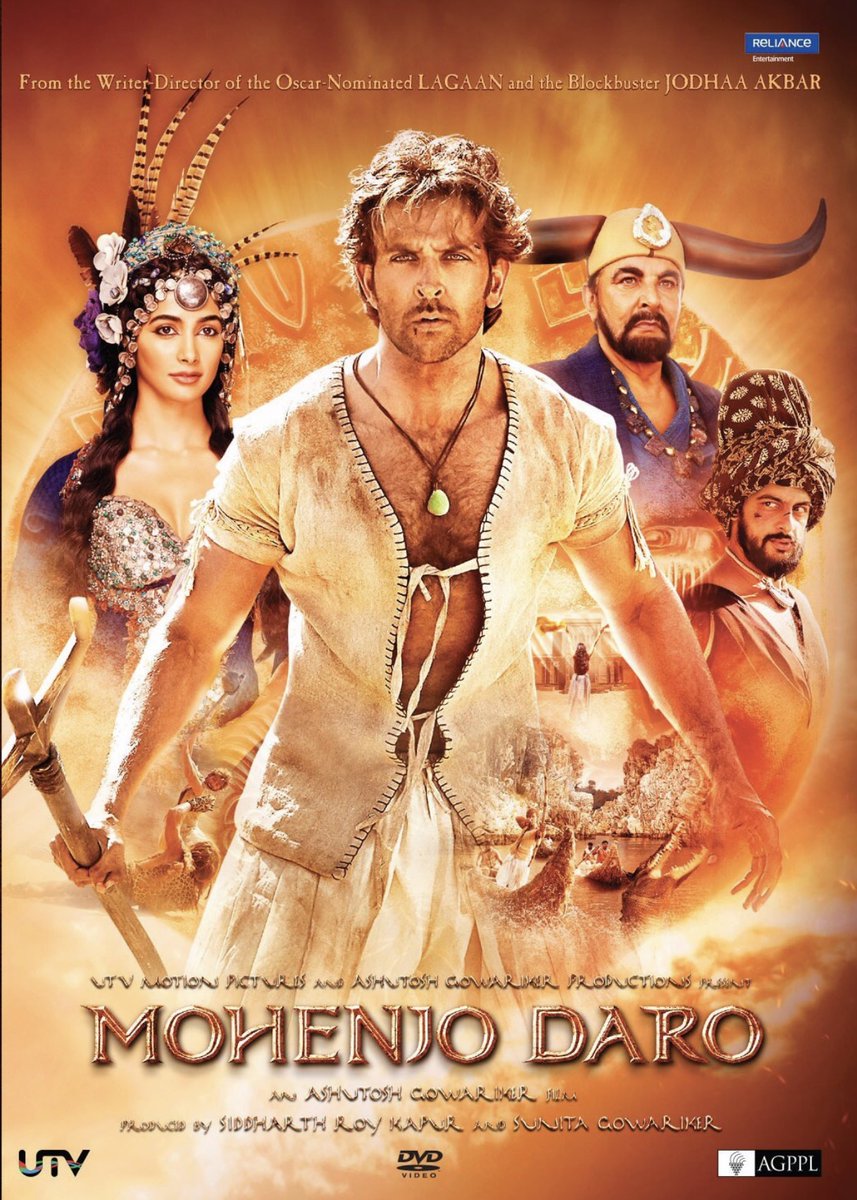Hi peeps tis me
I thought of making a thread about the Great City of Mohenjo-Daro and the Harappan/Indus river valley civilization of which it is a part of.
(I’ve always enjoyed researching history and mythology but I am by no means an expert)
I thought of making a thread about the Great City of Mohenjo-Daro and the Harappan/Indus river valley civilization of which it is a part of.
(I’ve always enjoyed researching history and mythology but I am by no means an expert)
INTRO
The name Mohenjo Daro means “Mound of the Dead” in Sindhi, the original name is lost however Iravatham Mahadevan (an expert) speculated that it might have been “Kukkutarma” meaning “City of Cockerels” because they bred cockerels for ritualistic cock-fighting.
The name Mohenjo Daro means “Mound of the Dead” in Sindhi, the original name is lost however Iravatham Mahadevan (an expert) speculated that it might have been “Kukkutarma” meaning “City of Cockerels” because they bred cockerels for ritualistic cock-fighting.
Located in modern day Sindh, Pakistan it is one of the many cities of the Indus or Harappan civilization. Others include Harappa and Ganeriwala in Pakistan, and Dholavira, Kalibangan, Rakhigarhi, Rupar, and Lothal in modern day India.
Mohenjo Daro was built in around 2500 BCE and declined during 1900 BCE. They existed alongside other civilizations like ancient Egypt, Mesopotamia and Minoan Crete. The cities were built alongside the Indus and Ghaggar-Hakra rivers.
Their language however is indecipherable meaning a lot of valuable information about their culture and practices are lost. It is also unclear whether they had a centralized government or a political religious system.
Research indicates there was no class system, all houses were built equally well and furnished regardless of how small.
The Harappans were known to trade with ancient Mesopotamia, the Persian Gulf, Central Asia and Iran. Records of their trade was found in Mesopotamian texts
The Harappans were known to trade with ancient Mesopotamia, the Persian Gulf, Central Asia and Iran. Records of their trade was found in Mesopotamian texts
-which is how the cities were uncovered.
The most prominent artefact are seals with animals and words inscribed on them. This included sacred but common animals, mythical and hybrid animals. The most recurrent one is the unicorn which is believed to be a hybrid of a rhino’s horn
The most prominent artefact are seals with animals and words inscribed on them. This included sacred but common animals, mythical and hybrid animals. The most recurrent one is the unicorn which is believed to be a hybrid of a rhino’s horn
- and the body of a humped bull. Their purpose is unclear but they might have been religious in nature or used as a passport/identification card. These seals were also found in Persia and Mesopotamia.
TECHNOLOGY
The Harappans were comparatively more technologically advanced than their contemporaries of the time. The city of Mohenjo Daro had over 700 wells, whereas the concept of a well was non-existent in Mesopotamia and Egypt. Three households would share one well.
The Harappans were comparatively more technologically advanced than their contemporaries of the time. The city of Mohenjo Daro had over 700 wells, whereas the concept of a well was non-existent in Mesopotamia and Egypt. Three households would share one well.
The wells were dug using the shaft sinking method (still in use). Bricks would be placed on a wooden ring and would be pushed into the earth until water bearing soil was reached. The earth from around the ring and in the core would be periodically removed.
Interestingly, the wells were built during the foundations of the city meaning they accounted for the growing population of the city in the years to come.
The bricks used followed a strict homogenous proportion of 1:2:4. Standardization was a big deal to them
The bricks used followed a strict homogenous proportion of 1:2:4. Standardization was a big deal to them
The city was built on two mounds, the upper mound or The Citadel and the lower mound or the Lower City. They were walled in order to protect them from floods which were common in the area. The Citadel held the Great Bath, the ‘granary’ (unclear) and other halls etc.
The Great Bath is a key aspect of Mohenjo-Daro. It was 12m X 7m and 2.4m deep with two flights of ten steps on either side. It was supplied with fresh water from its own well nearby and had its own drainage system. The bricks were so precisely placed there was barely a few
-millimetres in between them. It is speculated to have been used for religious purposes.
Each house was also equipped with a bathroom for hygiene and religious purposes. It had a raised platform from which a person would pour water on the person bathing kinda like a shower.
Each house was also equipped with a bathroom for hygiene and religious purposes. It had a raised platform from which a person would pour water on the person bathing kinda like a shower.
They also had toilets, with a raised brick or wooden seat or just a hole in the ground. The water and waste would drain into a gutter which would follow the closed drainage system in the streets before being emptied out into a septic tank or cesspit.
Their drainage system was intricate and centralized with gutters in every house, closed drains, cesspits and septic tanks. These were cleared out regularly.
TRADE
Harappans raised cattle, water buffaloes, sheep, goats, camels and even elephants. They also domesticated cattos and doggos
They would trade with the hunter-gatherer tribes that lived nearby for honey, wax, ivory, silk and wild plants in exchange for bronze tools and crops
Harappans raised cattle, water buffaloes, sheep, goats, camels and even elephants. They also domesticated cattos and doggos
They would trade with the hunter-gatherer tribes that lived nearby for honey, wax, ivory, silk and wild plants in exchange for bronze tools and crops
(Most other cities would actually kill, enslave or forcefully assimilate these tribes)
They used to trade with the Arabian Gulf, Mesopotamia, Central Asia and Iran; they supplied them with lapis lazuli, gold, silver, tortoiseshell, ivory, ebony, chickens, buffalos, peacocks, dogs
They used to trade with the Arabian Gulf, Mesopotamia, Central Asia and Iran; they supplied them with lapis lazuli, gold, silver, tortoiseshell, ivory, ebony, chickens, buffalos, peacocks, dogs
-cats and monkeys. Harappans monopolized the lapis lazuli trade of the ancient world, which was a key material in rituals. They were also skilled seafarers as seen from how often they would travel to Mesopotamia on trade missions, more so than the Mesopotamians themselves.
Asia’s spices like turmeric, cumin, ginger, garlic and cinnamon were cultivated by the Harappans.
(Thank god for the Harappans and their spices)
(Thank god for the Harappans and their spices)
RELIGION
Despite being shrouded in mystery it has been discovered that their deities were female, male, hermaphrodite (both male and female or androgynous), therianthropic (combination of human and animal) and animistic (belief that all things living and
Despite being shrouded in mystery it has been discovered that their deities were female, male, hermaphrodite (both male and female or androgynous), therianthropic (combination of human and animal) and animistic (belief that all things living and
-non-living possess a soul); and the religion was shamanistic and ritualistic in nature.
They were thought to have a Mother Goddess (very common in that region). There’s evidence to suggest they had a proto Shiva and Devi in their religion as well.
They were thought to have a Mother Goddess (very common in that region). There’s evidence to suggest they had a proto Shiva and Devi in their religion as well.
The fig tree was also worshipped and featured in many seals and a popular motif in pottery and in homes. Scattered brick enclosures around the Citadel suggest they once housed fig trees.
Headdresses were an extremely common feature in their seals and religion, usually comprising of horns and a central leaf or branch. Horned animals like the deer, he-goat, bull, buffalo, ram and unicorn were probably central to fertility/life generating rituals.
CONCLUSION
By 1900 BCE the Harappan civilization eventually came to an end due to unknown reasons. Scholars agree that it wasn’t due to attacks or enemies, and that it might have been because the land became worn out due to expansion or floods eventually chased them out.
By 1900 BCE the Harappan civilization eventually came to an end due to unknown reasons. Scholars agree that it wasn’t due to attacks or enemies, and that it might have been because the land became worn out due to expansion or floods eventually chased them out.
Remnants of their civilization settled along the Ganga River and kick start the North Indian civilizations.
Regardless they remain an enigma we can only hope to uncover in the future
Regardless they remain an enigma we can only hope to uncover in the future
Fun fact: the Bollywood movie of the same name (2016) is pretty freaking accurate in its portrayals of the Harappan civilization.
The producer actually spent three years conducting research but unfortunately it ended up becoming a box office flop
The producer actually spent three years conducting research but unfortunately it ended up becoming a box office flop
Things they got right: trade system, religious aspects, the rituals involving headdresses and the Great Bath, the Sumerian/Mesopotamian costumes, the seals, etc.
They might have stretched things a bit towards the end (like all movies) but it probably wasn& #39;t that far off mark so
They might have stretched things a bit towards the end (like all movies) but it probably wasn& #39;t that far off mark so
-all is good.
Except the Harappans probably didn& #39;t have Hrithik Roshan to help them out of trouble. We won that one.
Lemme know if y& #39;all liked the thread and would like more in the future, I usually do this just for myself XD
Except the Harappans probably didn& #39;t have Hrithik Roshan to help them out of trouble. We won that one.
Lemme know if y& #39;all liked the thread and would like more in the future, I usually do this just for myself XD
END

 Read on Twitter
Read on Twitter
